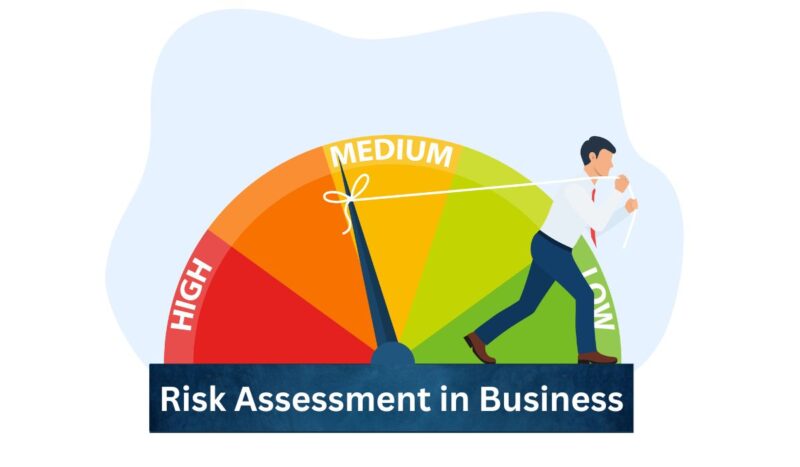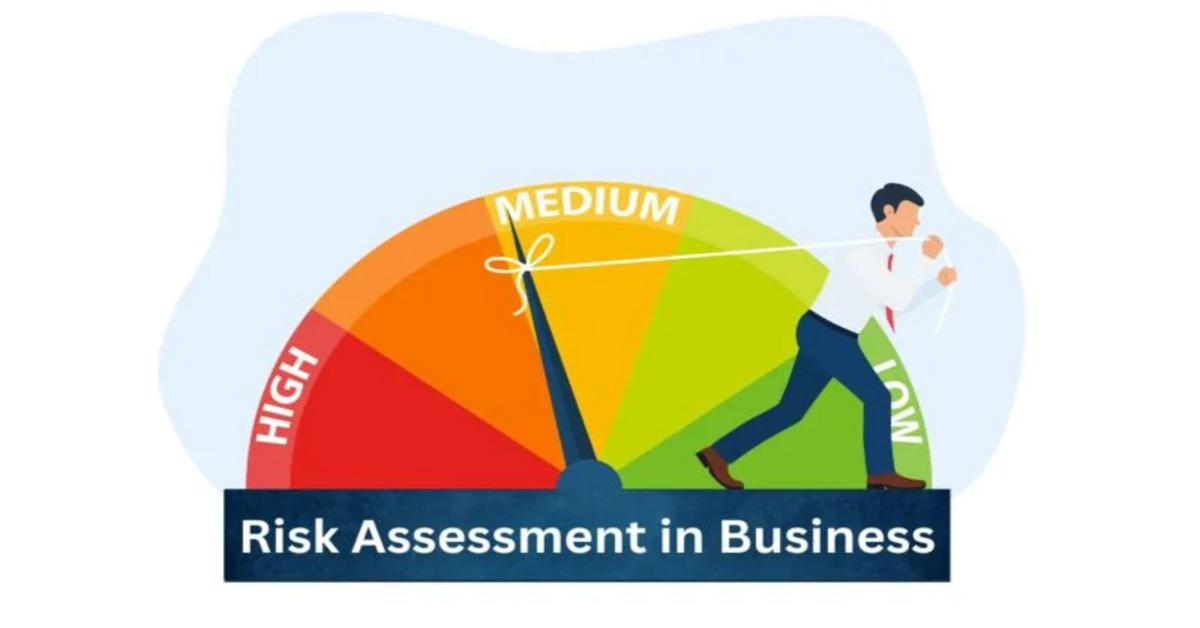Working capital management is an essential component of successful business operations. It ensures that organizations have sufficient liquidity to meet their short-term obligations and invest in growth opportunities. As a critical aspect of financial management, working capital management is a focal point for businesses seeking to improve cash flow, reduce costs, and enhance profitability.
Efficient working capital management can significantly improve the profitability of Indian companies. According to a study by the Confederation of Indian Industry (CII), Indian companies that effectively manage their working capital can achieve a 20-30% improvement in their return on capital employed (ROCE).
With the strategic help of virtual CFO services like Astravise, startups and SMBs can effectively manage their working capital and accelerate growth.
What is Working Capital Management?
Working capital management involves the administration of a company’s current assets (such as cash, accounts receivable, and inventory) and current liabilities (including accounts payable and short-term debt). Working capital management aims to maintain an optimal balance between these components, ensuring the company can fulfil its short-term obligations while funding long-term, necessary investments for growth.
Funding Working Capital
Companies use internal accruals or invested capital to fund working capital or borrow short-term loans. Usually, it is a combination of these sources. A strong balance sheet enhances the ability of the business to secure debt funds from the market. Young businesses need help to secure external debt; they rely on equity capital to fund working capital. Their ability to manage working capital optimally is highly critical to their survival.
The Importance of Working Capital Management
Effective working capital management is critical for businesses to achieve financial stability and growth. A few key reasons for its importance include:
- Liquidity: Maintaining sufficient liquidity is crucial for businesses to meet short-term financial obligations, such as paying suppliers, employees, and lenders. Effective working capital management ensures organizations have adequate cash flow to cover these expenses without relying on external financing.
- Operational Efficiency: Proper working capital management allows businesses to optimize their operations by efficiently managing inventory levels, accounts receivable collection, and accounts payable. This helps to minimize costs, improve cash flow, and enhance overall profitability. On the other hand, there are many instances of start-ups and small & medium enterprises mismanaging the
- Growth Opportunities: By optimizing the utilization of working capital, businesses can free up resources to invest in growth opportunities, such as entering new markets, launching new products, or acquiring competitors. Without effective working capital management, organizations may miss out on these opportunities due to a lack of funding.
- Agile operations: Businesses benefit when their supply chain management incorporates lean inventory and strategic vendor management practices. Active working capital management is at the heart of agile operations, allowing businesses to adapt quickly to sudden supply or demand shifts.
- Creditworthiness: A sound working capital management strategy can help businesses maintain a healthy financial position, which is crucial for securing financing at favourable interest rates. Lenders and investors often assess a company’s working capital management practices to evaluate its creditworthiness and financial stability.
Factors Affecting Working Capital Management
Several factors impact the working capital management requirements of a business:
- Company Size and Structure: Larger organizations typically require more working capital to manage their operations. The complexity of a company’s structure also influences its working capital needs.
- Industry and Market situations: The working capital requirements of a business can vary significantly depending on its industry and market conditions. For instance, companies operating in seasonal industries or highly competitive markets may require more working capital to manage fluctuations in demand and supply. When COVID upended supply chains and choked existing working capital lines, many businesses struggled to cope. Astravise has assisted its clients in rethinking their supply chains and securing local supplies while keeping inventory manageable, given the fluctuations in the retail consumer markets. In another instance, securing revenue-based financing to manage the expected increase in business was the only logical option for a client. However, it also meant managing working capital levels so that business generated cash to repay the loans.
- Business Strategy: A company’s long-term strategic goals can impact its working capital management practices. For example, aggressive growth strategies may necessitate more significant investments in working capital, while cost-cutting strategies may focus on optimizing cash flow and reducing working capital requirements.
- Interest Rates: Prevailing interest rates can influence a company’s working capital management decisions. High-interest rates can increase the cost of borrowing, prompting businesses to optimize their working capital utilization to minimize financing expenses.
Components of Working Capital Management
Working capital management encompasses several core elements:
- Cash Management: Ensuring that a company has sufficient cash to meet its short-term obligations and unexpected expenses is critical to working capital management. This involves optimizing cash inflows and outflows, managing cash reserves, and accessing short-term financing if necessary.
- Accounts Receivable Management: Efficiently managing accounts receivable helps businesses improve cash flow by reducing the time it takes to collect customer payments. Effective strategies include offering early payment discounts, implementing strict credit policies, and regularly monitoring and following up on outstanding invoices.
- Inventory Management: Proper inventory management ensures that businesses have adequate stock levels to meet customer demand without incurring excessive storage and obsolescence costs. This involves implementing inventory control systems, utilizing just-in-time inventory management techniques, and conducting regular inventory audits.
- Accounts Payable Management: Managing accounts payable involves negotiating favorable payment terms with suppliers, taking advantage of early payment discounts, and ensuring timely payments to maintain strong supplier relationships. This helps businesses optimize their working capital by extending the time to pay their suppliers.
- Short-term Financing: Accessing short-term financing, such as lines of credit or trade credit, can help businesses manage temporary working capital shortfalls. However, external financing can increase interest expenses and expose the company to additional financial risks.
Risks of Poor Working Capital Management
Inefficient working capital management can expose your business to several potential risks:
- Cash Flow Problems: Insufficient working capital can result in cash flow shortages, making it difficult for businesses to meet their financial obligations and invest in growth opportunities.
- Reduced Profitability: Poor working capital management practices can lead to increased costs, such as higher borrowing expenses, excessive inventory carrying costs, and lost early payment discounts, negatively impacting profitability.
- Damaged Supplier Relationships: Failure to pay suppliers on time due to inadequate working capital management can strain supplier relationships and lead to supply disruptions.
- Limited Access to Financing: Businesses with poor working capital management practices may struggle to secure financing at favourable interest rates, as lenders and investors may view them as high-risk borrowers.
Strategies for Effective Working Capital Management
To optimize working capital management, businesses should consider implementing the following strategies:
- Regular Financial Analysis: Monitoring critical financial metrics and regularly reviewing working capital management practices can help businesses identify inefficiencies and opportunities for improvement.
- Leverage Technology: Implementing advanced software solutions and automation tools can streamline working capital management processes, improve visibility into cash flow, and enhance decision-making capabilities.
- Optimize Payment Terms: Negotiating favorable payment terms with suppliers and customers can help businesses extend their cash conversion cycle and improve working capital efficiency.
- Implement Robust Risk Management Practices: Comprehensive risk management policies and procedures can help businesses identify and mitigate potential risks associated with working capital management, such as late payments, inventory obsolescence, and supplier insolvency.
- Leverage Virtual CFO Services: Engaging virtual CFO services, such as Astravise, can provide startups and SMBs with expert financial guidance and support in managing working capital, enabling them to grow and scale faster.
The Role of Virtual CFO Services in Working Capital Management
Virtual CFO services, such as those offered by Astravise, can play a crucial role in helping startups and SMBs optimize their working capital management practices. By providing expert financial guidance and support, virtual CFOs can assist businesses in implementing effective working capital management strategies, streamlining processes, and improving overall financial performance.
Some key benefits of engaging virtual CFO services for working capital management include:
- Expert Financial Analysis: Virtual CFOs can conduct in-depth financial analysis to identify opportunities for working capital optimization and provide actionable recommendations for improvement. It is our experience that most companies have hidden inefficiencies in their working capital cycle – in case of a logistics player, there was a delay of six working days from the time of the work completion and raising of invoices. This was on account of various factors – by devising and running separate projects for each of these causes of delay, the delay was significantly.
- Customized Strategies: Virtual CFOs can develop tailored working capital management strategies based on a company’s unique financial situation, industry, and strategic objectives. In specific cases, Astravise helps in devising the right mix of debt funds from multiple players, optimizing the cost of funds as well as repayment commitments.
- Emerging Trends in Working Capital financing: Several new players have come up with flexible working capital facilities in the last few quarters. Virtual CFO services can assist businesses in identifying the right product and lender that match the client’s business requirements.
- Ongoing Support and Monitoring: Engaging virtual CFO services ensures ongoing support and monitoring of working capital management practices, enabling businesses to make timely adjustments and maintain optimal financial performance. For Example, for specific client’s, Astravise continues to communicate and share information with the lenders post disbursal and provides periodic business updates to the lenders ; This ensures that lenders have a proper perspective about the business progress.
Conclusion
Effective working capital management is essential for businesses to achieve financial stability, operational efficiency, and growth. You can optimize your cash flow, reduce costs, and enhance profitability by implementing sound working capital management strategies.










